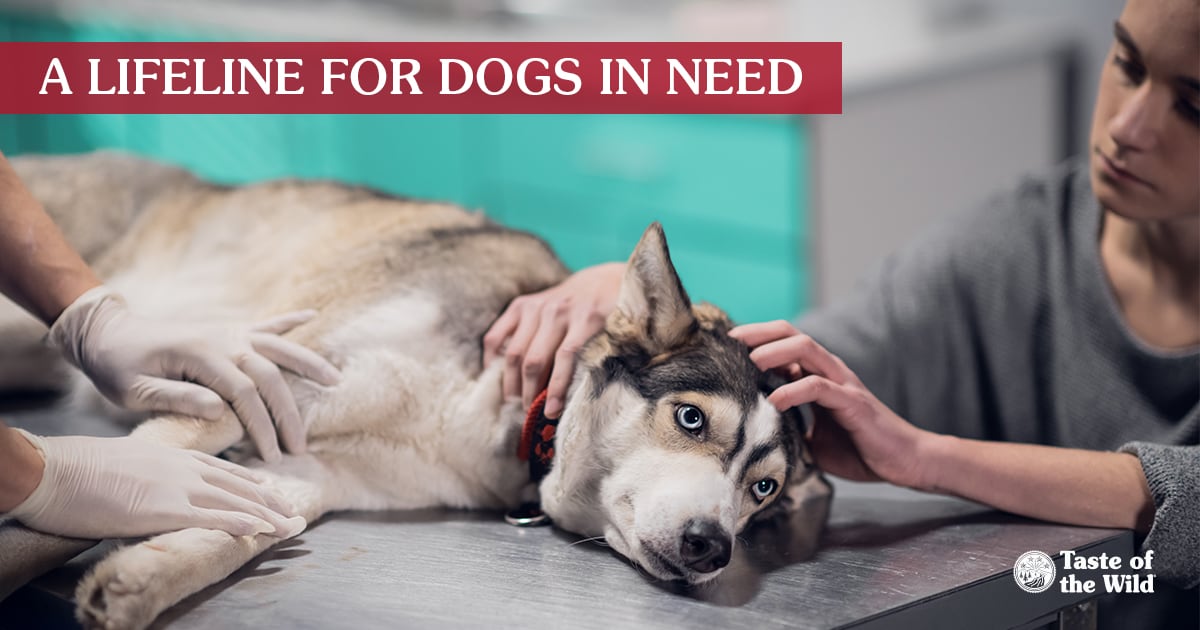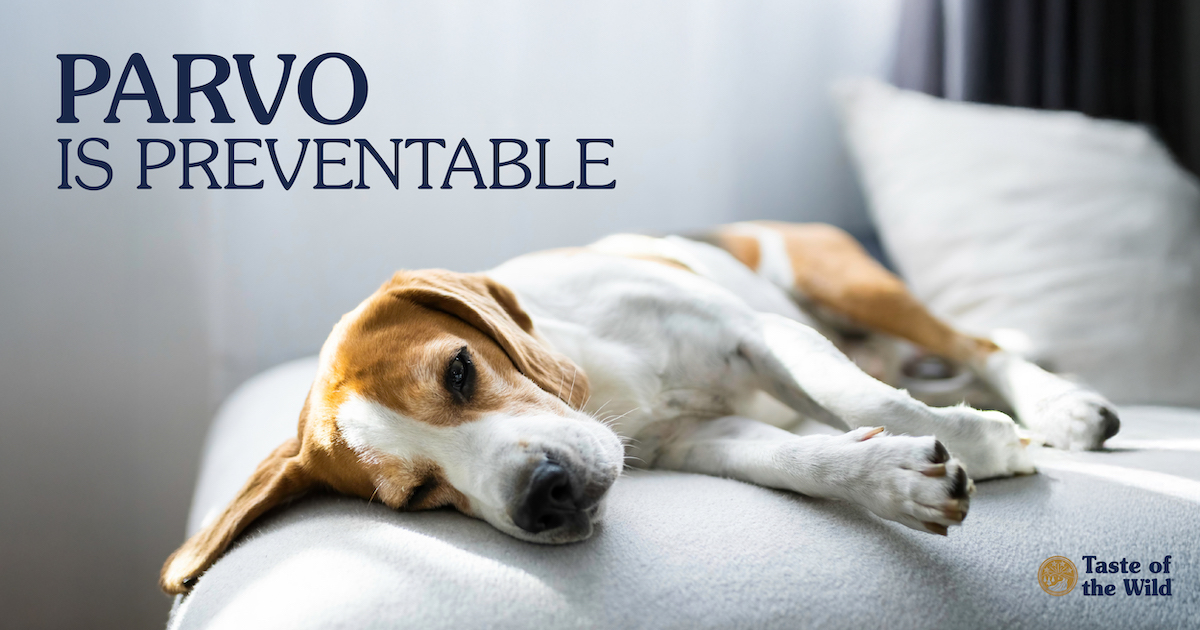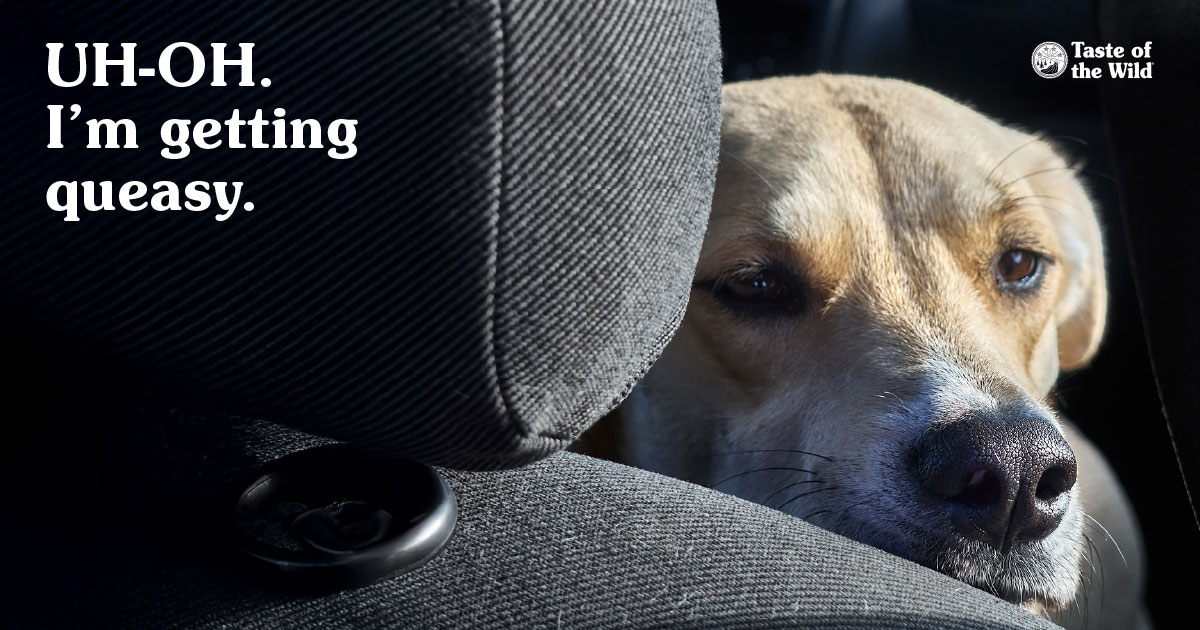Dogs at Work: Canine Blood Donors
Thursday, November 19, 2020 | Health

You’ve heard of dogs saving lives thought heroic feats of in-the-moment action. But did you know pooches also pre-emptively save other dogs’ lives? It’s true. Canine blood donors often provide life-saving blood to dogs who are injured, seriously ill or in need of surgery.
Never heard of pet blood donation? Most people haven’t. About 70 percent of pet owners weren’t aware that dogs and cats could donate blood, according to a recent study in the British journal, Vet Record. Still, 89 percent said they’d be interested in having their pets donate blood, if they met the requirements. Could your dog be a blood donor?
Pets need blood, too
Dogs, like people, have different blood types, but in dogs, they’re called blood “groups.” In most cases, dogs can receive blood from any group for the first transfusion, but after that, the blood must be “cross-matched” to that dog’s blood group to avoid a transfusion reaction. Some dogs, like some people, are universal blood donors, meaning their blood is compatible with any dog, regardless of that dog’s blood group.
While some veterinary clinics may occasionally tap an employee’s dog for a blood donation in an emergency, most smaller clinics don’t have the time or equipment to separate blood into various components and keep on top of blood typing. Larger clinics may have their own blood donor programs, but most clinics rely on veterinary school or regional blood banks for packed red blood cells, plasma or other blood products needed for transfusions.
Blood donation has its perks
As the owner of a blood donor, you have the satisfaction of knowing your dog may have helped save another dog’s life, not to mention saving a family from heartbreak. But many clinics and blood banks also have other ways to show you their gratitude.
While blood donors aren’t often paid for their contributions, your pet will most likely receive a free physical exam and extensive blood screening. In addition, you may receive discounts on veterinary care, food or flea-and-tick products. And your dog will be treated like a hero each time he or she makes a donation.
Does Your Dog Have What It Takes?
Eligibility requirements for blood donors can vary, depending on the clinic or blood bank. Typically, they look for healthy dogs with calm, easygoing temperaments who don’t mind being handled. (Since it’s a volunteer position, clinics will never force a fearful or squirmy dog to participate.)
Ideal candidates are usually one to seven years of age and at least 50 pounds so that a pint, or two cups, of blood can be drawn without impacting the dog’s health. Dogs need to be current on vaccines and will be screened to make sure they don’t have any infectious diseases that could be transmitted during a transfusion. Donors should not have received transfusions in the past or be on any medications other than standard parasite preventives.
As you can imagine, all these screening tests are time-consuming and expensive, so once a dog qualifies as a donor, owners are typically asked to commit to a number of donations or a certain amount of time.
Blood collection is simple
The procedure usually lasts for 20 to 30 minutes. Dogs usually don’t need sedation and are generally happy to lay still in exchange for praise and treats.
Typically, the dog is stretched out on its side in comfy blankets and a small area on the neck is shaved and cleaned. Blood is drawn from the jugular vein into a sterile collection set. Once the blood draw is done, the dog is lavished with treats and possibly toys or even subcutaneous fluid to replace the volume of blood that was removed. Donors may experience a little bruising at the blood sampling site, but this usually disappears in a few days. The dog starts making replacement blood immediately, so it’s an amazing, renewable resource that can truly save lives.
The information in this blog has been developed with our veterinarian and is designed to help educate pet parents. If you have questions or concerns about your pet’s health or nutrition, please talk with your veterinarian.




